All health, armor, and shield classes have damage type modifiers that modify how much damage is inflicted by a particular damage type. Sources of damage type modifiers stack multiplicatively with each other and may be referred to as resistances, vulnerabilities (not to be confused with sources of damage vulnerability), or damage reduction in-game.
Mechanics[]
- For a more in-depth explanation, see Damage#Damage Calculation.
External buffs and debuffs (from mods or other sources) can change these modifiers down to a minimum of -100% and up to a maximum of +100% (0x and 2x damage multipliers respectively). Armor classes are not affected by these effects, thus they will always have their initial damage type modifiers.
Note that damage type modifiers are independent of sources of Damage Reduction and Damage Vulnerability.
Health and Shields[]
| Cloned Flesh | |
|---|---|
| — | |
| — | |
| — | |
| — | |
| — | |
| — | |
| — | |
| — | |
| — | |
| — | |
| — | |
| — | |
| — | |
| — | |
| — | |
| — | |
Every health and shield class has a set of damage modifiers that modify the multiplier in which damage is dealt. For example, a +75% modifier to ![]() Viral damage done to Cloned Flesh means that incoming
Viral damage done to Cloned Flesh means that incoming ![]() Viral damage will deal 1.75x more damage to that particular health class. Conversely, a -50% modifier will cause inflicted damage to deal 0.5x of its initial value.
Viral damage will deal 1.75x more damage to that particular health class. Conversely, a -50% modifier will cause inflicted damage to deal 0.5x of its initial value.
Damage type modifiers of health and shield classes can also be expressed in terms of vulnerabilities or resistances. In the above example, Cloned Flesh has a -75% resistance to ![]() Viral and is 50% more resistant to
Viral and is 50% more resistant to ![]() Gas damage. Alternatively, Cloned Flesh has a +75% vulnerability to
Gas damage. Alternatively, Cloned Flesh has a +75% vulnerability to ![]() Viral and is 50% less vulnerable to
Viral and is 50% less vulnerable to ![]() Gas damage.
Gas damage.
Armor[]
- Main article: Armor
| Infested Sinew | |
|---|---|
| — | |
| — | |
| — | |
| — | |
| — | |
| — | |
| — | |
| — | |
| — | |
| — | |
| — | |
| — | |
| — | |
| — | |
| — | |
| — | |
| Alloy Armor | |
|---|---|
| — | |
| — | |
| — | |
| — | |
| — | |
| — | |
| — | |
| — | |
| — | |
| — | |
| — | |
| — | |
| — | |
| — | |
| — | |
| — | |
| Ferrite Armor | |
|---|---|
| — | |
| — | |
| — | |
| — | |
| — | |
| — | |
| — | |
| — | |
| — | |
| — | |
| — | |
| — | |
| — | |
| — | |
| — | |
| — | |
Because armor does not have explicit hit points unlike health and shields, damage type modifiers interact with damage against armored health differently. The resultant damage multiplier will depend on both the amount of armor the target has, the damage type modifiers of its health class, and the damage type modifiers of its armor class:
- AM is the damage modifier against the armor class, HM is the damage modifier against the health class, and AR is the target's armor after all reductions from debuffs (e.g.
 Corrosive Projection,
Corrosive Projection,  Corrosive procs,
Corrosive procs,  Terrify, etc.).
Terrify, etc.).
Damage type modifiers of armor classes have a two-fold effect:
- Mitigate or enhance a percentage of the target's armor (represented by AR(1 - AM) in the above equation)
- Increase or decrease the damage dealt in the same way as a type modifier against the hit points would do (represented by (1 + AM))
Sources of Damage Type Resistance[]
- Abilities
Versatile and resilient, ![]() Caliban and allies within his Affinity Range gain Adaptive Armor that builds damage resistance against the highest damage type received from enemy attacks, stacking 5% per hit up to a cap of 50%. If Caliban or his allies do not receive damage for 5 seconds, their Adaptive Armor loses 2% per second until fully removed.
Caliban and allies within his Affinity Range gain Adaptive Armor that builds damage resistance against the highest damage type received from enemy attacks, stacking 5% per hit up to a cap of 50%. If Caliban or his allies do not receive damage for 5 seconds, their Adaptive Armor loses 2% per second until fully removed.
- Passive bonus value is displayed as a Buff icon beside Caliban's hitpoint indicators.
- Damage over time from procs (such as
 Slash or
Slash or  Toxin for example) will not contribute nor maintain damage resistance.
Toxin for example) will not contribute nor maintain damage resistance. - Adaptive Armor does not stack with
 Adaptation. The damage reduction provided to Caliban (or his allies) equipped with Adaptation will be the higher of the two values.
Adaptation. The damage reduction provided to Caliban (or his allies) equipped with Adaptation will be the higher of the two values.
- Mods
(up to -90% modifier for taken damage)
(-24% damage type modifier for all damage types)
(-12% damage type modifier for all damage types)
(-40% damage type modifier for all damage types)
(-40% damage type modifier for all damage types)
(-40% damage type modifier for all damage types)
- Others
(-50% damage type modifier for all damage types)
- Enemies
Sources of Damage Type Fragility[]
- Abilities

|
 3 |
Petrify Atlas' hardened gaze will fossilize foes, heal Rumblers, and create Petrified Bulwarks. When shattered, petrified enemies drop healing Rubble for Atlas. Introduced in Update 17.5 (2015-10-01) |
|
|
Misc:
60° (FOV) | |||
| Subsumable to Helminth |
- Other
Sources of Modifier Type Changes[]
These are relevant in changing the health class of Vulpaphyla and Predasite Companions.
Patch History[]
Update 30.5 (2021-07-06)
- Damage Resistance Mod Math Changes:
The following changes occurred due to the following scenario being shared:
A player reported that combining Umbral Mods + Adaptation + Lightning Rod on any Warframe made them fully immune to all damage from the Hydrolyst Eidolon.
Prior to this discovery, we already made sure we couldn’t reach 100% Damage Resistance because that would just be excessive in all cases. You can see this in action when we capped the ‘In Air’ Damage Resistance Mods. Even though the Mods theoretically could reach 100% Damage Resistance, there is a hard cap at 90%.
In response and to avoid future oversights, we have changed the way Damage Resistance works. It now works on ‘Damage Remaining’ instead of having all the Modifiers combined and operating at once.
Example:
Consider the case of:
4x 25% Damage Resistance Mods
WAS: (25% + 25% + 25% + 25%) = 100% Damage Reduction
NEW: Take 25% Less Damage = Only take 75% Damage
0.75 x 0.75 x 0.75 x 0.75 = 31.5% damage taken AKA 68.5% damage reduction
- (Undocumented) removed 90% cap.


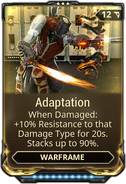
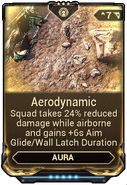
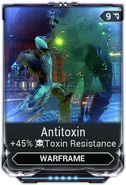
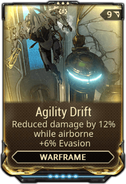
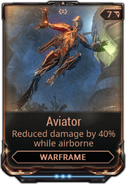
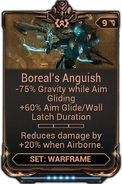
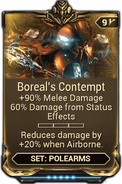
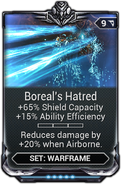
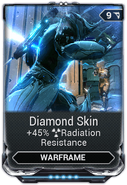
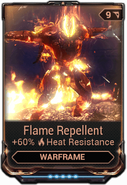
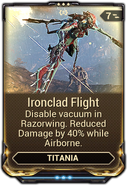
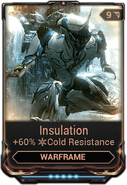
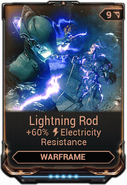

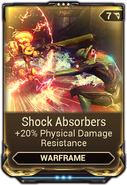
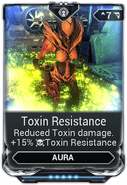
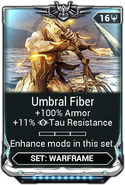
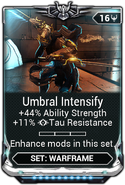
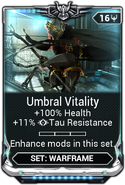
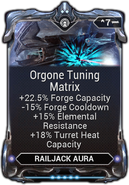
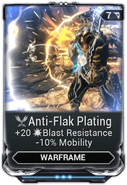

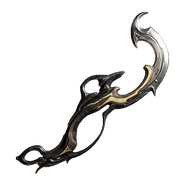
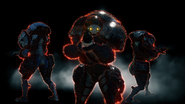
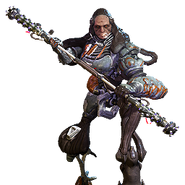
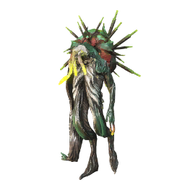


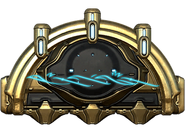
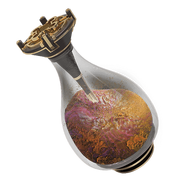
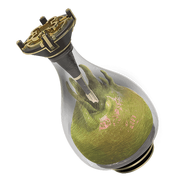

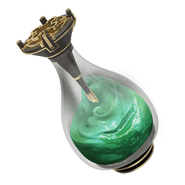
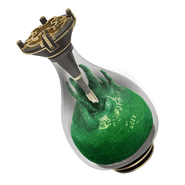
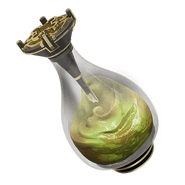
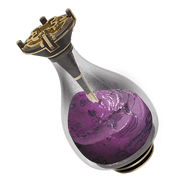
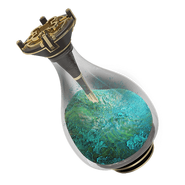
No Comments Yet